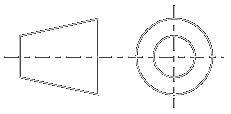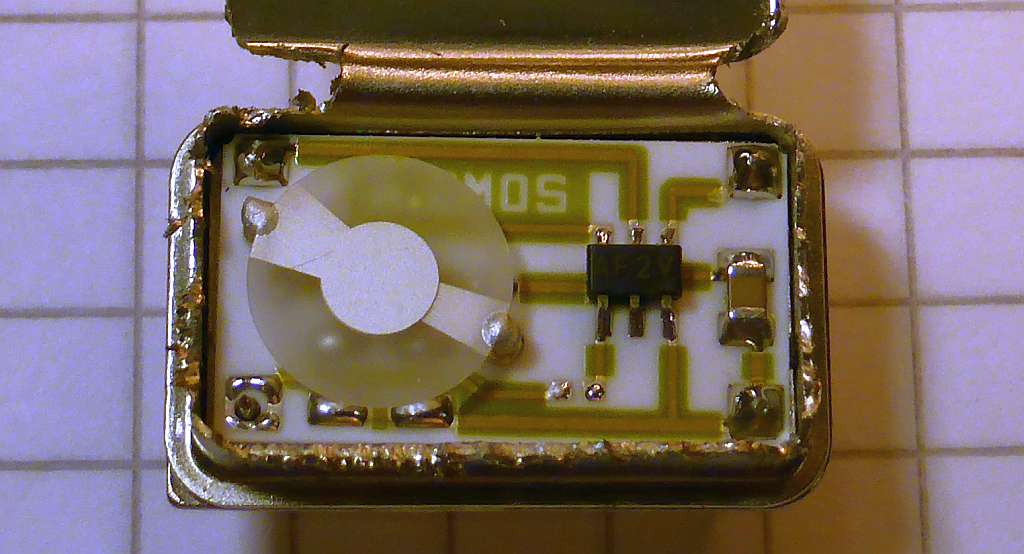
Categories
Statistics
Since 08.08.2014
Counts only, if "DNT = disabled".
Your IP is 3.139.90.131
ec2-3-139-90-131.us-east-2.c
Counts only, if "DNT = disabled".
Your IP is 3.139.90.131
ec2-3-139-90-131.us-east-2.c
Info
เราจะทำแบบวิศวกรผู้ยิ่งใหญ่

4. May 2024
Your valuable opinion :
OCXO.php 8483 Bytes 12-02-2018 11:22:26
DIY OCXO
A standard cmos oscillator and a heater makes a nice ocxo ...
The idea came to me shortly after my colleague introduced me to his new heater ...
Why not try to use a standard crystal oscillator and see where we can get ? All other (known) homebrew ocxo's heat only the quartz crystal, ignoring the temperature drift of all other parts like capacitors. Assuming that the industry optimised those "bargain" mini metal oscillators already, we did some tests with them. Here comes our version.
Why not try to use a standard crystal oscillator and see where we can get ? All other (known) homebrew ocxo's heat only the quartz crystal, ignoring the temperature drift of all other parts like capacitors. Assuming that the industry optimised those "bargain" mini metal oscillators already, we did some tests with them. Here comes our version.

Standard CMOS Quartz Crystal Oscillator, is it suiteable ?
The Testboard
For the tests below, we developped a little pcb with a heater, which was glued directly on the case of the oscillator. The case around acts as "windshield".
We did not completely isolate the quartz crystal oscillator with foam, as it should be able to dissipate heat to the surroundings, so the heater must always heat
"a little bit". An MCP9700 directly measures the temperatur at the hot spot and makes it accessible from outside.
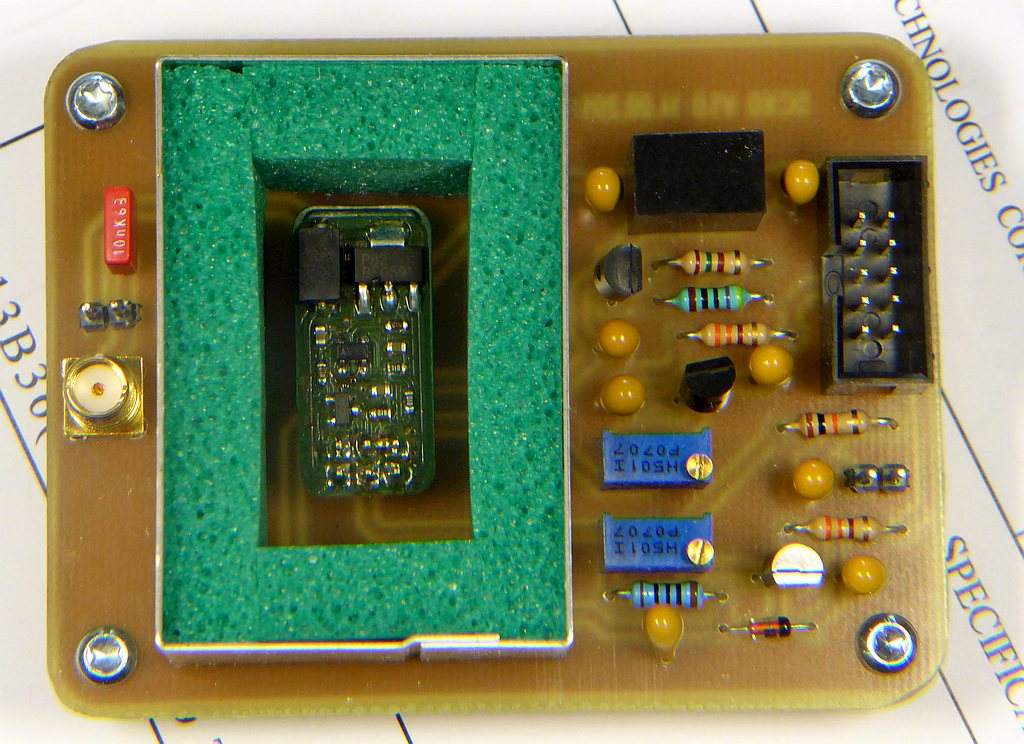
The testboard, consisting of a carrier board with the heater glued on the oscillator
Frequency Dependency of Supply Voltage
For all tests, we used a hp58503B (GPS disciplined OCXO) as our reference. As a candidate the model HO-12 (10.0 MHz) from HOSONIC was used.
The datasheet suggests a supply voltage of 5V±10%.
After each setting, the device was allowed to settle for approx. 10 minutes, before measuring the frequency. Room temperature was 21.4 °C.
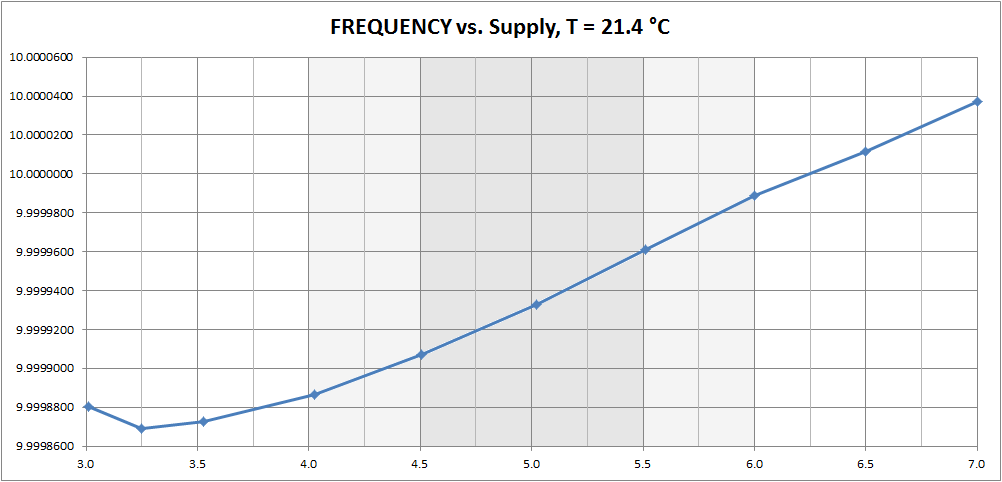
As one can see, the frequency is linear dependent of the supply voltage. Therefore we may note, that a frequency standard must have a very stable supply, preferably adjusteable within a small range.

As one can see, the frequency is linear dependent of the supply voltage. Therefore we may note, that a frequency standard must have a very stable supply, preferably adjusteable within a small range.
Frequency Dependency of Temperature
The next parameter which shall be looked at is the temperature. The datasheet
suggests an operating temperature range of 0 - 70 °C. It is to be assumed, that the device will operate at all in this range, what frequency will come out is
subject of this measurement. In order to have control over the temperature, we will limit the range to 30 - 60 °C.
(An oven can only heat).
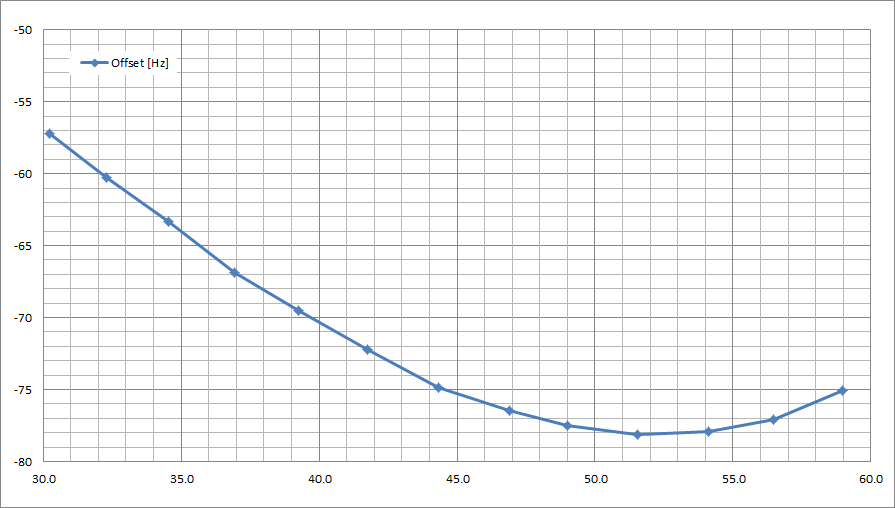
Good luck for us, there is a temperature where the curve has a local minimum. This is at approx 52 °C. We choose this as our working point, as small changes in temperature cause even smaller changes in frequency. (Data measured at Supply : 5.0 V)

Good luck for us, there is a temperature where the curve has a local minimum. This is at approx 52 °C. We choose this as our working point, as small changes in temperature cause even smaller changes in frequency. (Data measured at Supply : 5.0 V)
Conclusions
The more parameters we do control, the closer we get to the desired stability / accuracy. The absolute value is done with the supply voltage,
which was increased to 6.595 V,
whilst the stability is maintained with a constant temperature. As the supply voltage is slightly out of the specifications, a
shorter lifetime mayst be taken into account. The long-term stability will be investigated later.
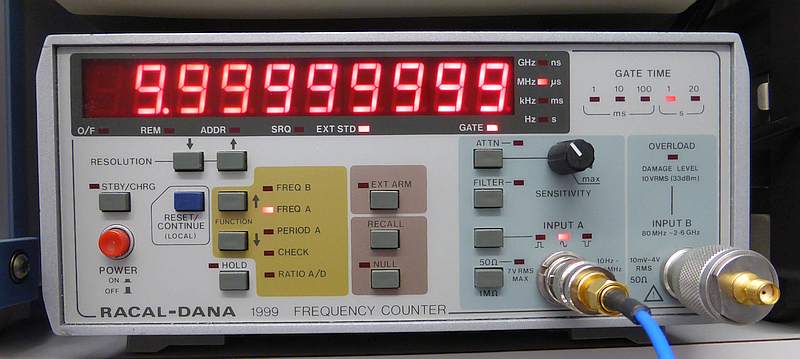

Downloads
✈ Share your thoughts
The webmaster does not read these comments regularely. Urgent questions should be send via email.
Ads or links to completely uncorrelated things will be removed.
Your Browser says that you allow tracking. Mayst we suggest that you check that DNT thing ?
 ช้างเผือก
ช้างเผือก




